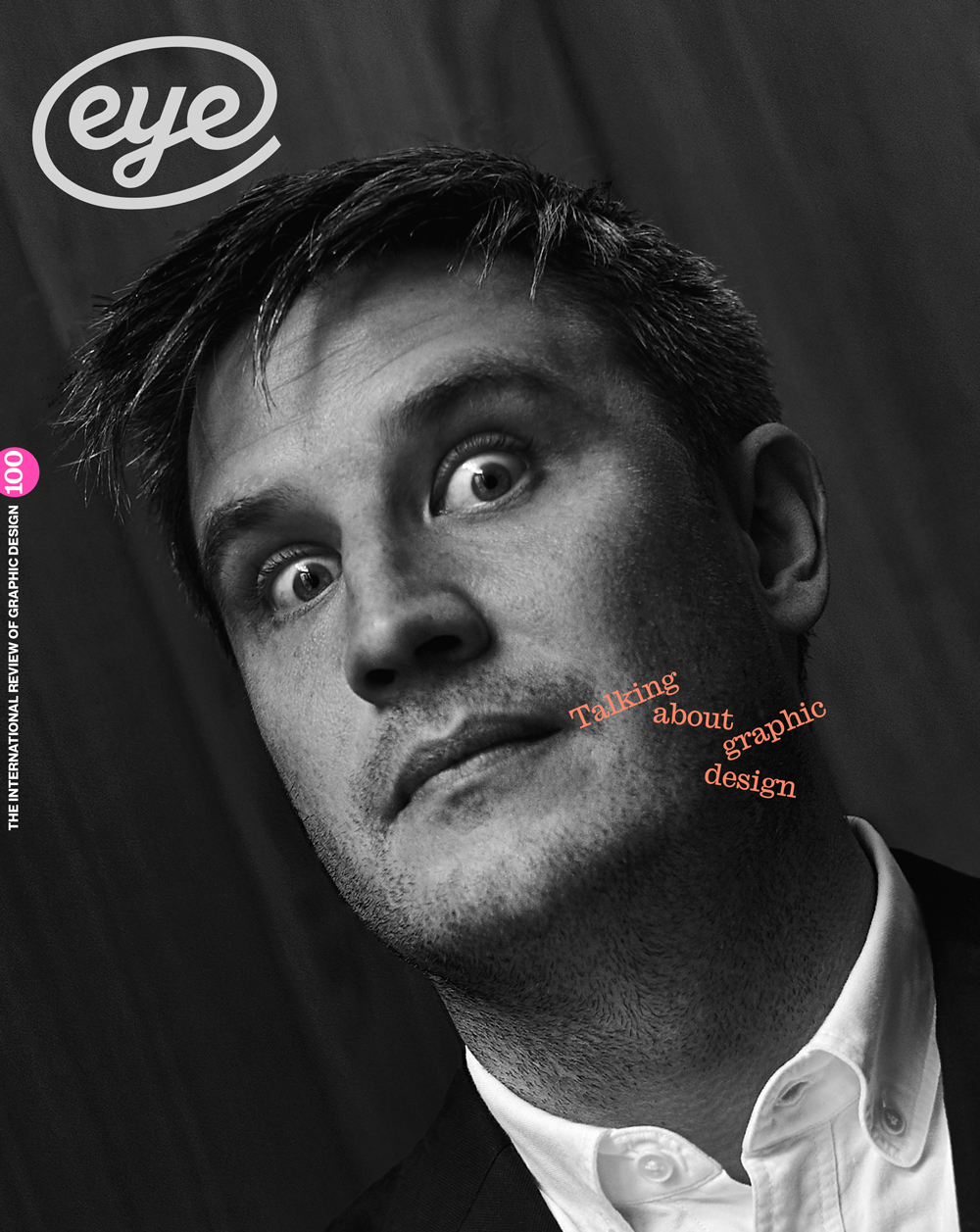Summer 2020
Jack Davison: Play of light
Each of Jack Davison’s portraits is a spontaneous dance with his subject, says New York Times Magazine photo director Kathy Ryan
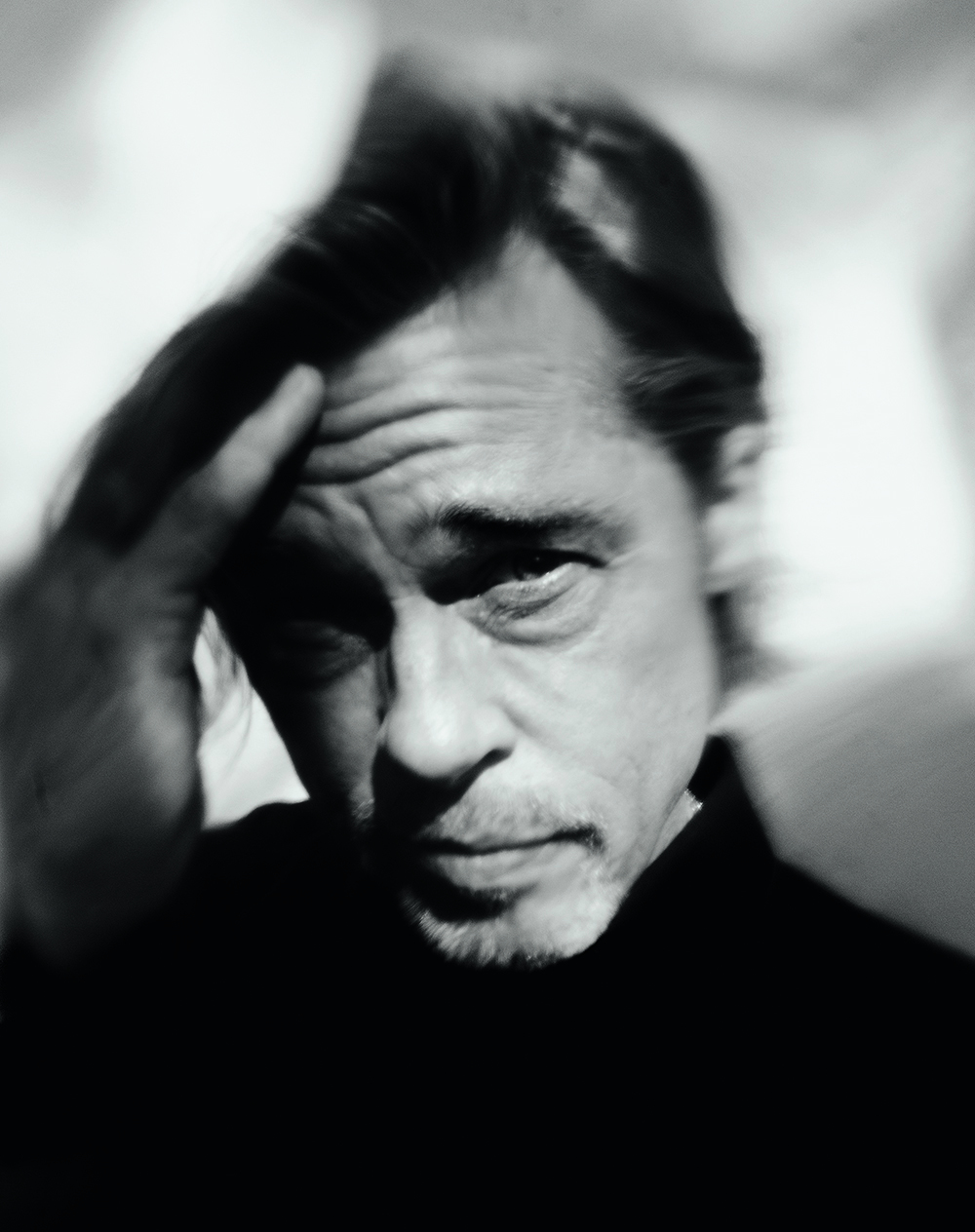
Most studio photographers’ tool kits include lights, softboxes, umbrellas and backdrops. Jack Davison brought none of these to the New York Times Magazine’s ‘Great Performers’ photo sessions last year. He arrived at the studio with clear glass jars, candy dish lids, vases, pieces of mottled glass, gauzy fabrics and myriad other objects he uses as screens to photograph his sitters through. He is keen on arranging the face in ways that call to mind Picasso and Francis Bacon’s portraits. Presented with beauty, he aims to distort it.
Jennifer Lopez. Top. Brad Pitt.
Portraits by Jack Davison commissioned by The New York Times Magazine for its annual ‘Great Performers’ portfolio, 15 December 2019. All were used as cover images in a split run that featured six different actors on six covers. Photo director: Kathy Ryan.
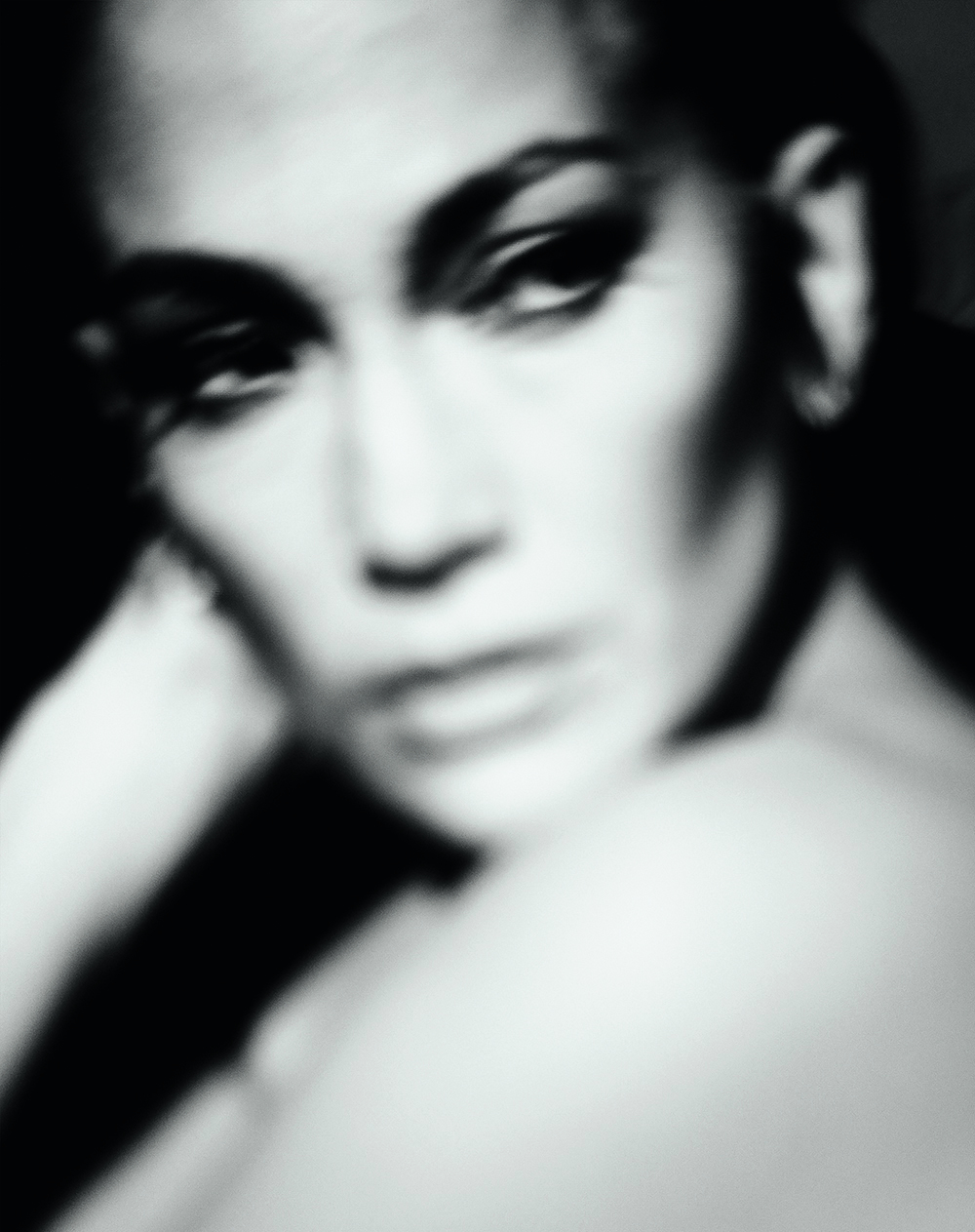
This often leads to something even more arresting, sensual and startlingly beautiful than what he started with. He never captures anything from his subjects. He elicits, evokes and conjures something from them that isn’t readily apparent to most peoples’ eyes until he extracts it by engaging in a loose, improvisational and very quick photographic duet with them. Watching him at work during these shoots, I couldn’t help but wonder what these world famous actors were thinking as Jack held up to his camera lens these old glass vases, ragged cloth scrims and sheets of glass, and photographed them through these ready-made filters.
Leonardo DiCaprio.
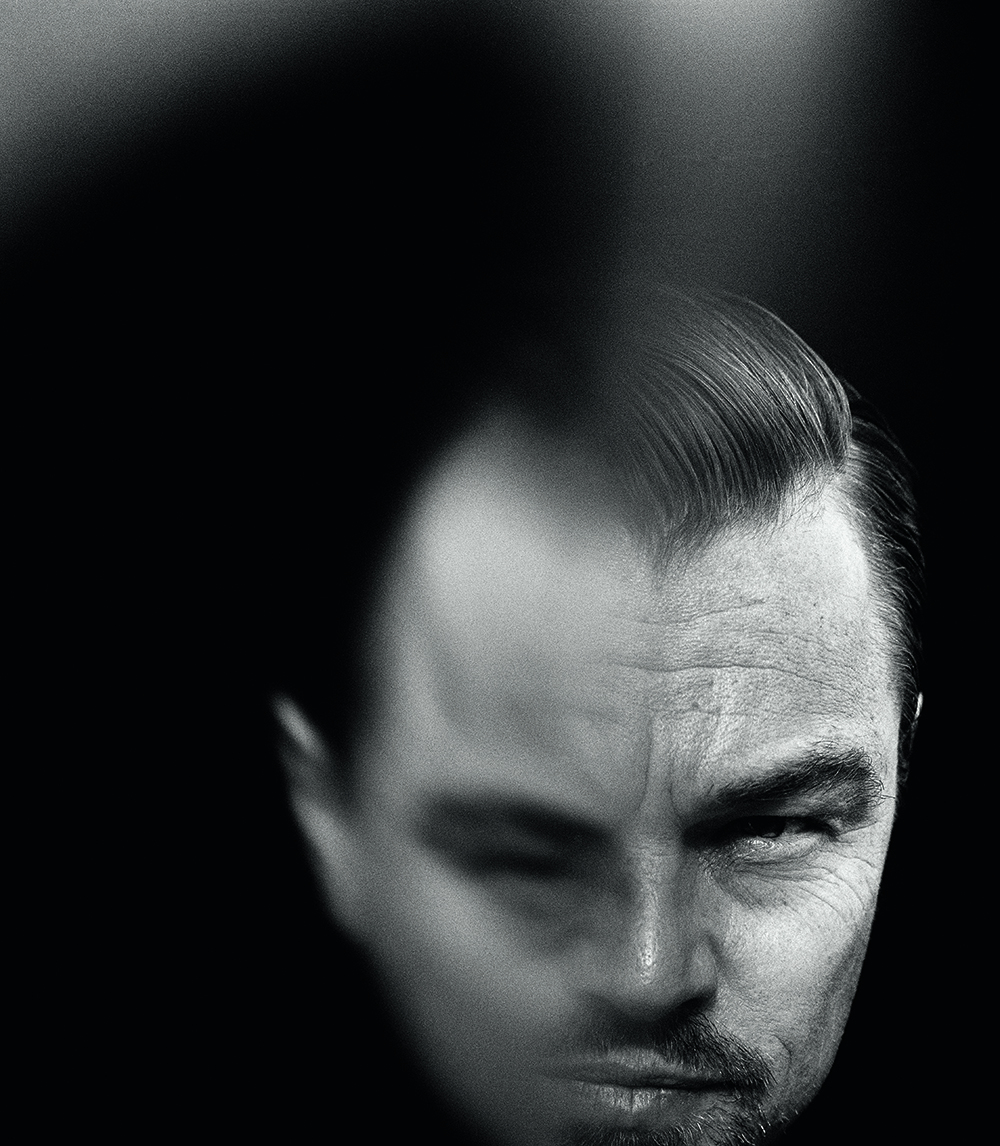
Sometimes he doesn’t use any of his props and instead makes a more direct picture. All of his portraits are defined by his singular understanding of the poetic powers of light. He is particularly drawn to raking, hard, high-contrast light. He is the master of chiaroscuro. His portraits are always made in natural light, so they breathe and have a bit of mortality to them.
Cover featuring Adam Driver. Design director: Gail Bichler.
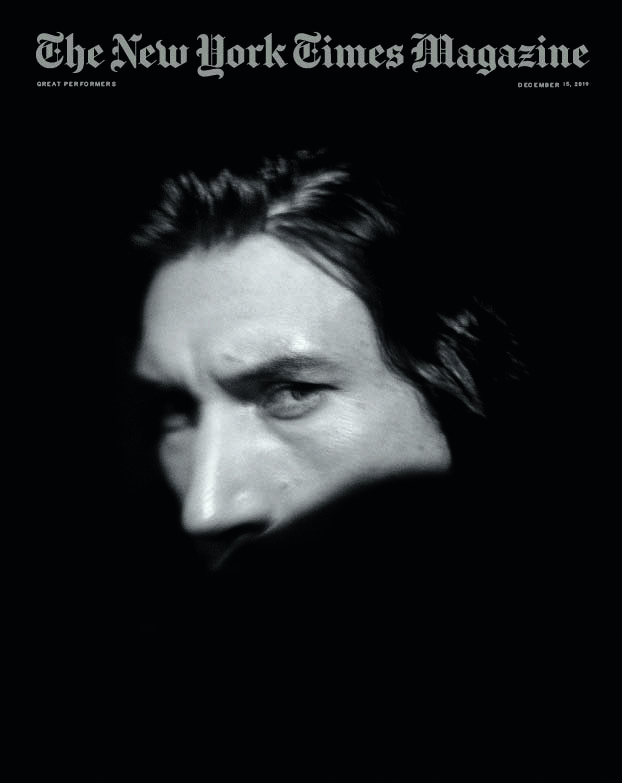
One senses the time passing in them. They are stripped of the polish that surrounds so much of the artificially lit portraiture of today. His confidence allows him to get right to the point and to trust his instincts. He wants to keep it loose and experimental. The more spontaneous, the better. Like all artists, he doesn’t want to know where he will end up when the dance ends.
Kathy Ryan, New York Times Magazine director of photography, and author of Office Romance, New York
First published in Eye no. 100 vol. 25, 2020
Eye is the world’s most beautiful and collectable graphic design journal, published for professional designers, students and anyone interested in critical, informed writing about graphic design and visual culture. It is available from all good design bookshops and online at the Eye shop, where you can buy subscriptions and single issues.

